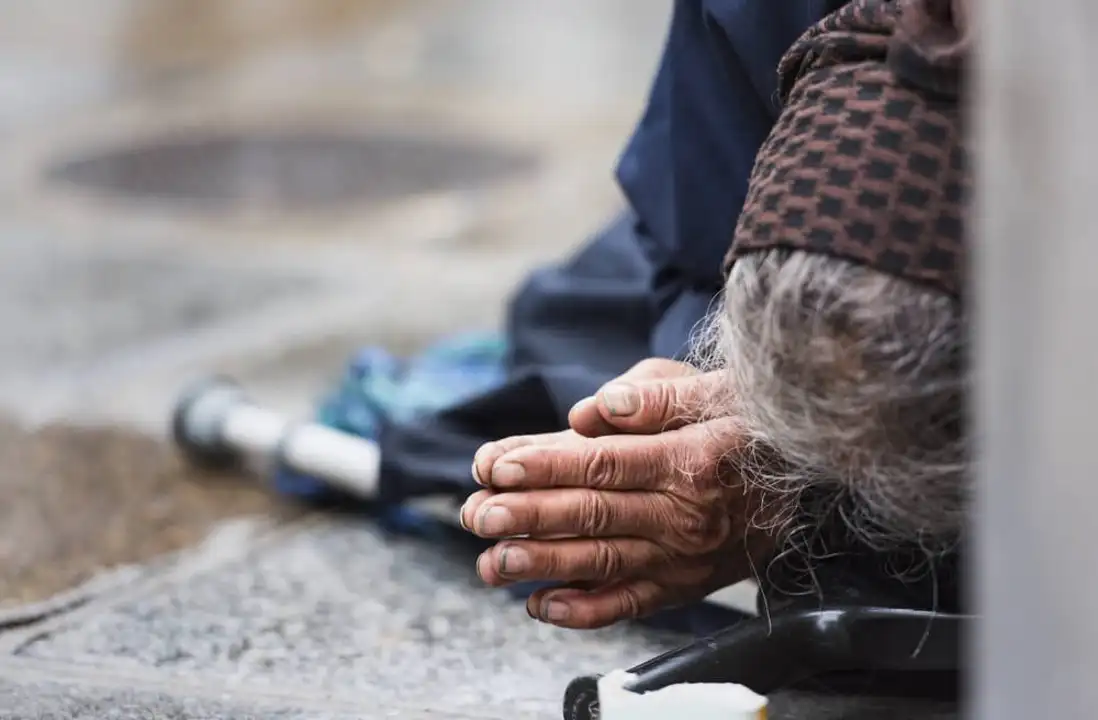Do poor people in the United States have health care?

Exploring the Challenges of Accessing Health Care for Low-Income Americans
Low-income Americans face a unique set of challenges when it comes to accessing health care. Unfortunately, many of these individuals are unable to afford the cost of medical treatment, leaving them without adequate care for their health needs. This article will explore the difficulties these individuals face and the solutions that are available to them.
Financial Barriers
One of the primary challenges for low-income individuals is the financial barrier to accessing health care. The cost of medical care is often prohibitively expensive, especially for those living on a limited budget. This financial barrier can be especially difficult for those who are unable to work due to disability or other factors.
Insurance Coverage
Another challenge for low-income individuals is the lack of insurance coverage. Many employers do not offer health insurance options to their employees, leaving individuals without the ability to purchase coverage. Additionally, those who are eligible for Medicaid or Medicare often find that the coverage is inadequate for their needs.
Lack of Resources
In addition to these financial and insurance-related issues, low-income individuals often face a lack of resources when it comes to accessing health care. For example, many areas lack adequate public transportation, making it difficult for individuals to get to and from medical appointments. Additionally, some areas lack specialized care and treatments, making it difficult for individuals to receive the care they need.
Solutions for Low-Income Americans
Fortunately, there are solutions available for low-income Americans to access health care. Medicaid and Medicare provide financial assistance for those who qualify, and private insurance plans may be available for those who cannot access public options. Additionally, many non-profit organizations and community health centers provide access to care for those who cannot afford it. Finally, state and federal programs offer financial assistance to individuals who meet certain criteria.
Conclusion
Low-income Americans face a number of challenges when it comes to accessing health care. Fortunately, there are solutions available to help these individuals receive the care they need. Medicaid, Medicare, private insurance plans, non-profit organizations, community health centers, and state and federal programs can all provide assistance to those in need. With the right resources, low-income Americans can receive the care they need to stay healthy.
Examining the Impact of the Affordable Care Act on Low-Income Health Care Access in the US
The Affordable Care Act (ACA), also known as Obamacare, is a monumental piece of legislation that was signed into law in 2010. The ACA was designed to expand access to health care, reduce the cost of health care, and improve the quality of health insurance coverage for all Americans. The ACA has been successful in achieving these goals, but it has also had a dramatic impact on the health care access of low-income Americans. In this article, we will examine the impact of the ACA on low-income health care access in the United States.
Medicaid Expansion
The ACA included a provision to expand Medicaid coverage to include more individuals and families who had previously been excluded from the program. This Medicaid expansion provides coverage for individuals and families who have incomes below 138% of the federal poverty level. Before the expansion, Medicaid coverage was limited to only certain categories of people, such as pregnant women and children. The expansion of Medicaid has been a boon for low-income Americans, as it has provided millions of people with access to quality, low-cost health care.
Subsidies for Private Insurance
The ACA also provided subsidies to help low-income individuals and families purchase private health insurance. These subsidies are based on an individual's or family's income and are designed to make health insurance more affordable. The subsidies also encourage low-income Americans to purchase private health insurance, as they can get a better deal on their health insurance than they would without the subsidies.
Other Benefits
The ACA also provides other benefits to low-income Americans, including a variety of preventive services that are available at no cost. Additionally, the ACA eliminated the pre-existing condition exclusion, which allowed individuals with pre-existing conditions to purchase private health insurance. This provision has been especially beneficial for low-income individuals, as they are more likely to have pre-existing conditions and be excluded from private health insurance.
Conclusion
The Affordable Care Act has had a significant impact on low-income health care access in the United States. The Medicaid expansion has provided millions of individuals and families with access to quality, low-cost health care. Additionally, the subsidies for private insurance have made health insurance more affordable for low-income individuals and families, and the elimination of the pre-existing condition exclusion has allowed individuals with pre-existing conditions to purchase private health insurance. Overall, the ACA has been a vital resource for low-income Americans in need of health care.
